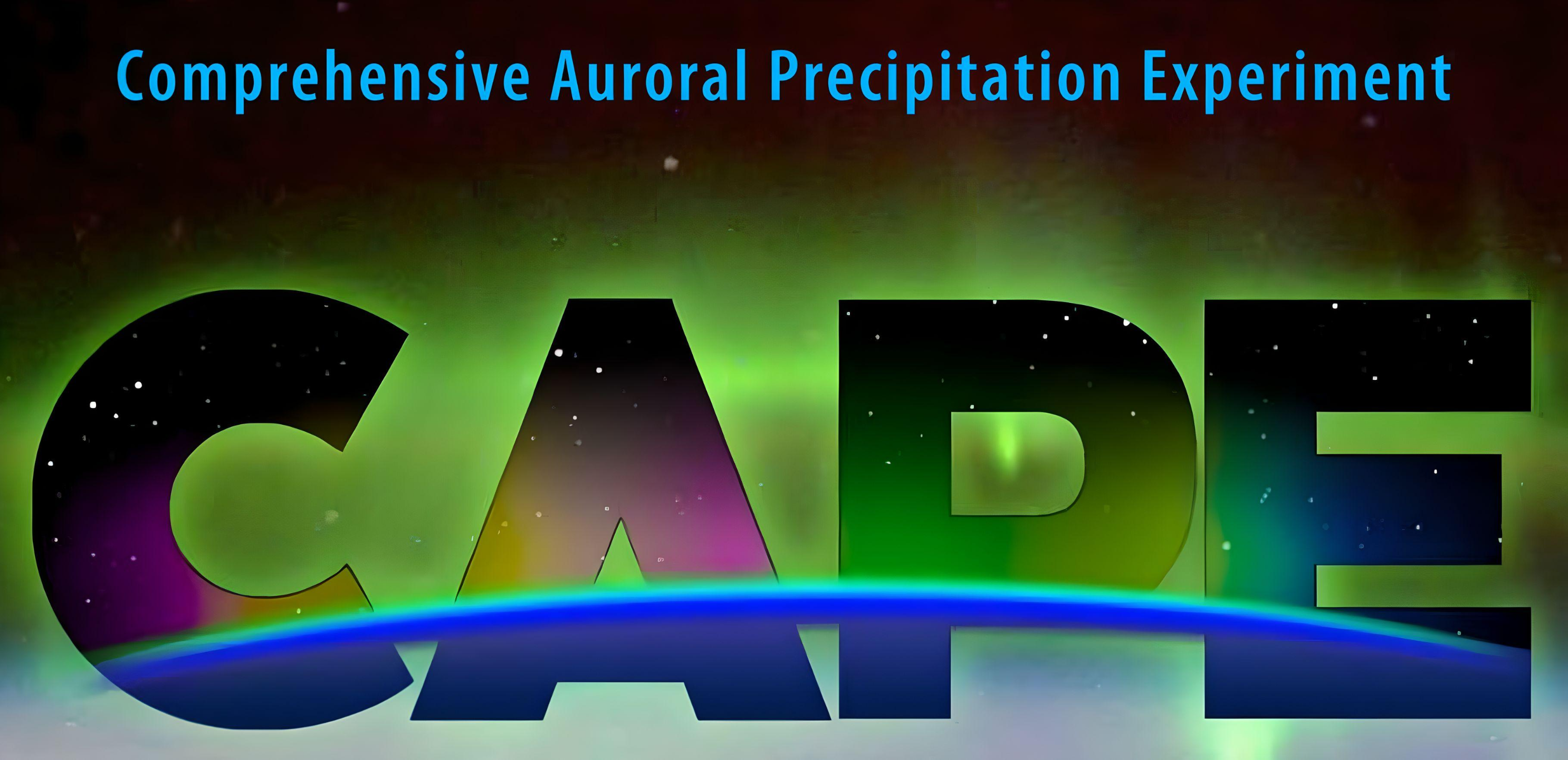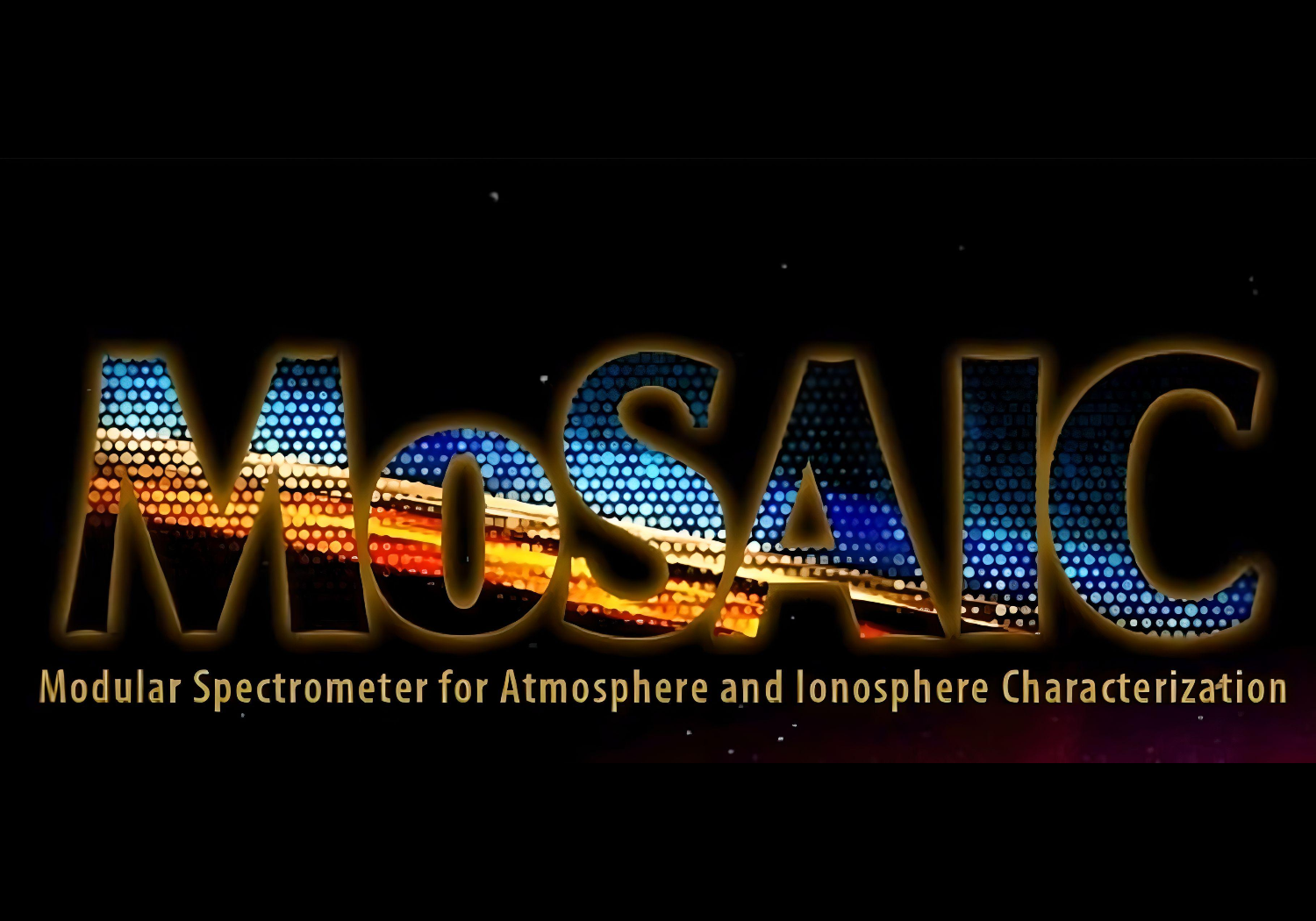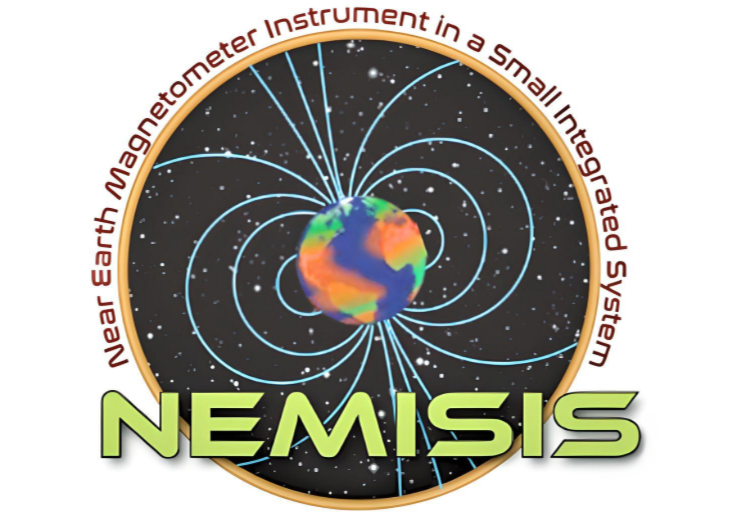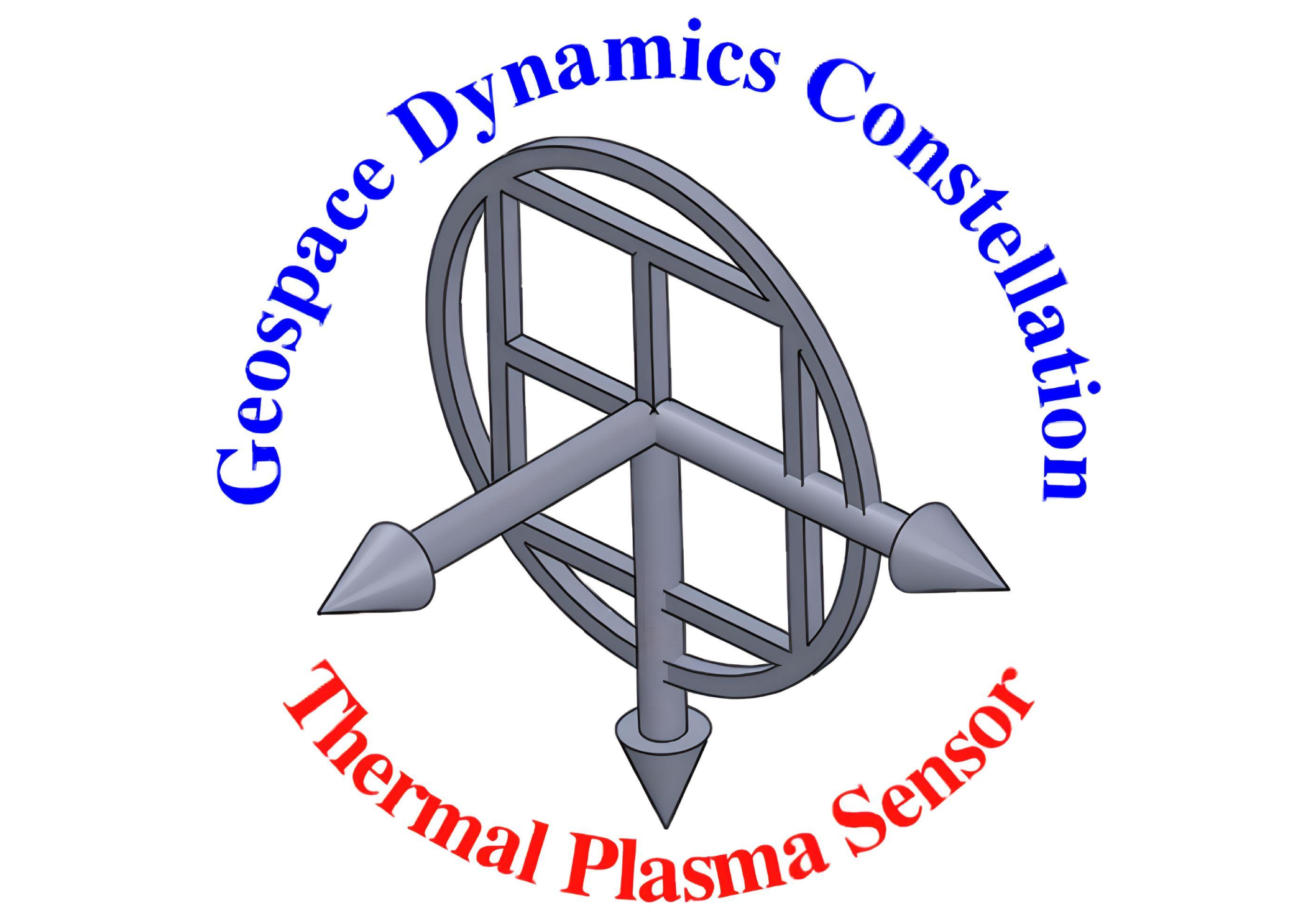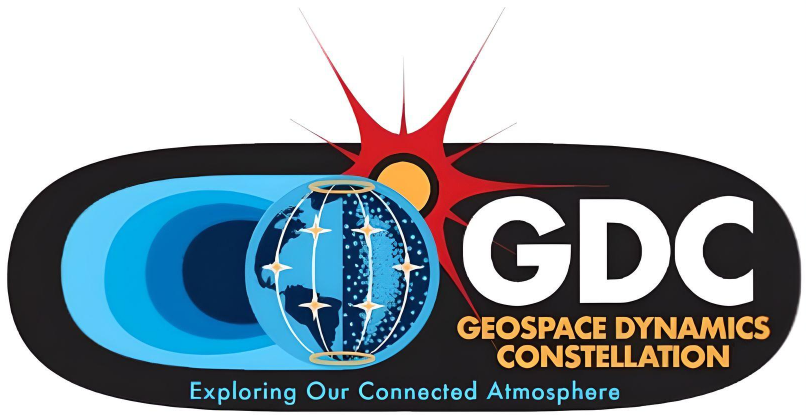GDC Science News
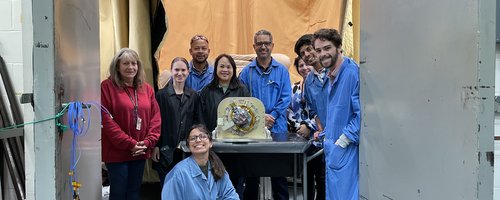
GDC’s MoSAIC Instrument Passes Testing Milestones
Dec. 2, 2024
The mass spectrometer for NASA’s Geospace Dynamics Constellation mission, successfully passed two major testing milestones in the instrument's engineering development: the pyrotechnic bellows test and the motor control systems test. These tests occurred in October 2024 at NASA’s Wallops Flight Facility in Virginia and Goddard Space Flight Center in Greenbelt, Maryland.
... Read More »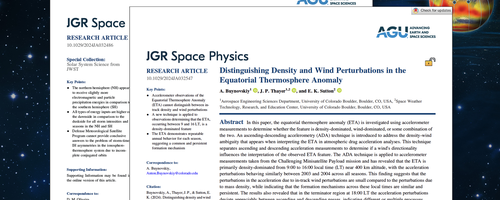
Two New Papers Show Need for GDC
June 4, 2024
May and June were big months for GDC, seeing two new papers highlighting the how GDC can advance scientific understanding.
... Read More »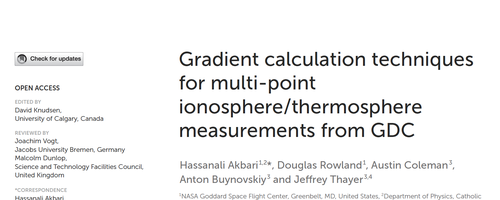
First GDC Paper is Published
April 5, 2024
The first GDC-specific paper was published in February 2024.
... Read More »
